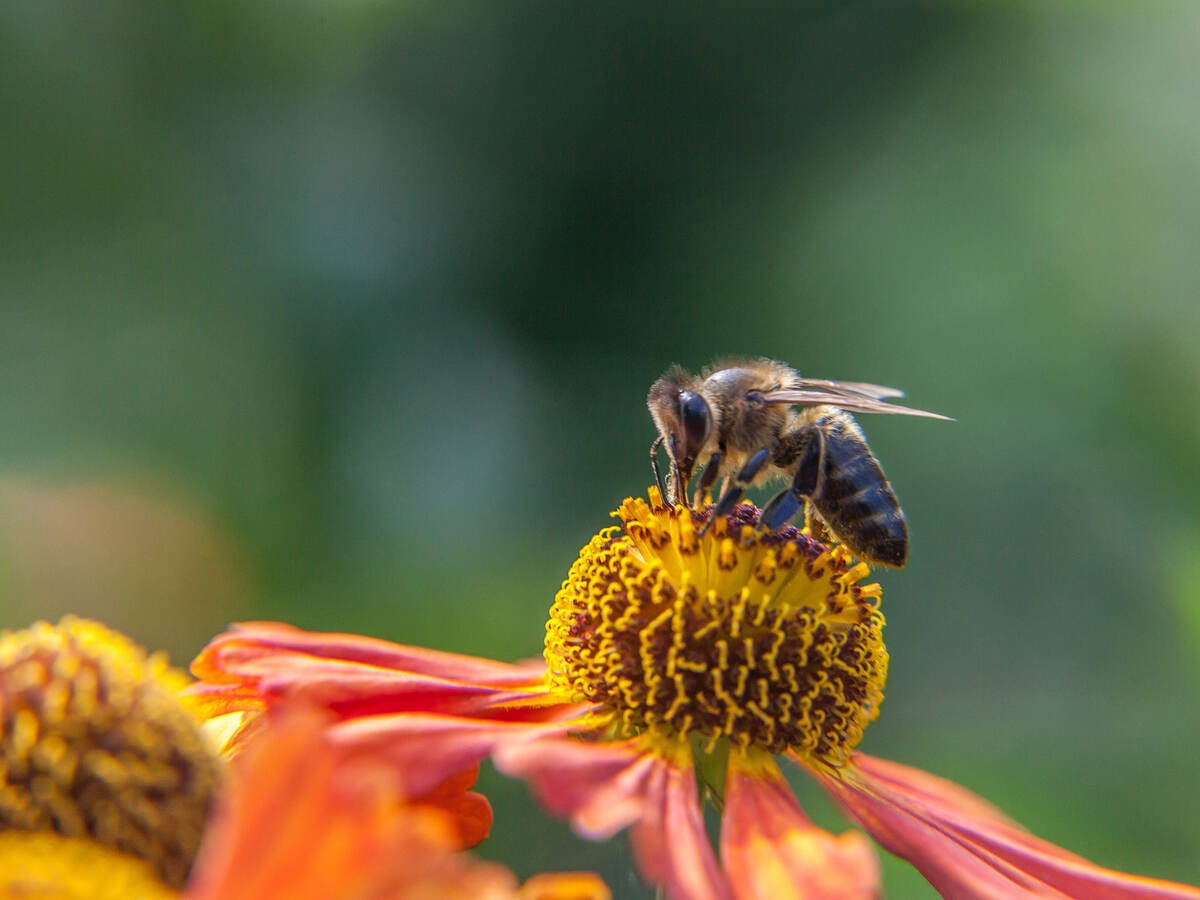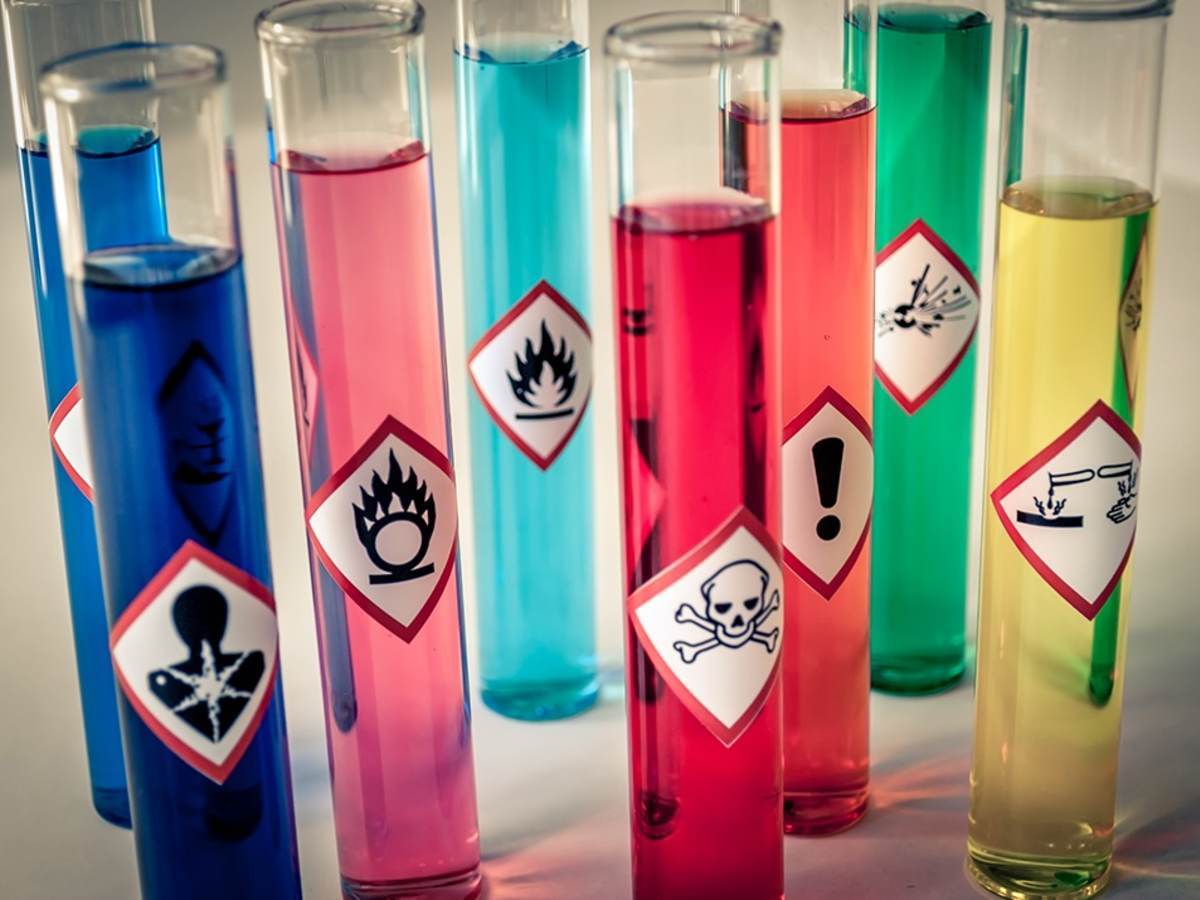January 31, 2023
By Krystal Spickler, program manager, Supply Chain team, UL Solutions
Effective Jan. 1, 2023, use of neonicotinoid (neonic) pesticides is restricted in New York state. This comes a year after the New York Department of Environmental Conservation (DEC) announced the reclassification. Early information around the use and potential reduction of neonics was also provided in the DEC’s Pollinator Protection Plan 2020 update.
Neonics are one of the most widely used insecticides. They are derived from nicotine and are highly water soluble, environmentally persistent, and pass to all structures of plants treated with them. Common applications include agricultural uses but they may also be used on residential yards or gardens, or golf courses. Because of their negative impact on pollinator species, regulatory oversight has been increasing. Neonics are absorbed into plant parts and pollen, after which pollinators like bees ingest them. Exposure can impact behavior or result in nerve overstimulation, paralysis, and death.
The NY reclassification restricts use of neonic pesticide products containing imidacloprid, acetamiprid, and thiamethoxam. The reclassification does not eliminate use completely but limits availability and application only to trained applicators. The current Pesticide Reporting Law also requires annual reporting to the DEC inclusive of sales figures and information on usage for commercially applied pesticides. Products intended for application to the tree trunks or ground at the base of shrubs and other plants and labeled for “limited directed application” are not subject to the reclassification.
New York Senate also re-introduced the Birds and Bees Protection Act (S1856), which was referred to the Committee for Environmental Conservation on Jan. 17, 2023.
New York is not the first to take action on the use of neonics. New Jersey passed a law effective Oct. 31, 2023, Maine passed a legislative resolve in 2021, and California’s Governor vetoed a bill last fall. US EPA has risk assessments open for five common neonics, which is estimated to complete in 2024. They are also banned in Europe and several areas of Canada.
References
- Pesticides - Neonicotinoid Reclassification (NYS DEC)
- New York 2020 Pollinator Plan Update
- NY State Senate Bill S1856 (Birds and Bees Protection Act)
- Schedule for Review of Neonicotinoid Pesticides | US EPA
- New Jersey: S1016 Restricting Use of Neonicotinoids
- Maine: An Act To Protect Pollinators from Neonicotinoid Pesticides
Regulatory Roundup Newsletter
Never miss an update
UL, the global safety science leader, can keep you updated on the latest events with a variety of materials, ranging from the latest regulatory news, webinars, white papers, events, industry insights and more.
Subscribe to our monthly Regulatory Roundup Newsletter and stay up to date on current and upcoming regulations and all the latest chemical industry news.
Safety Data Sheet (SDS) Authoring and Labeling Services
Create, maintain and distribute comprehensive SDSs and labels to meet your increasingly complex global compliance requirements.
Chemical Regulatory Compliance
Manage your chemical compliance needs with the help of global regulatory expertise and leading resources.
Chemical Compliance Training
We provide a series of chemical regulatory training programs designed to help understand the diverse set of requirements and how to confront them.





